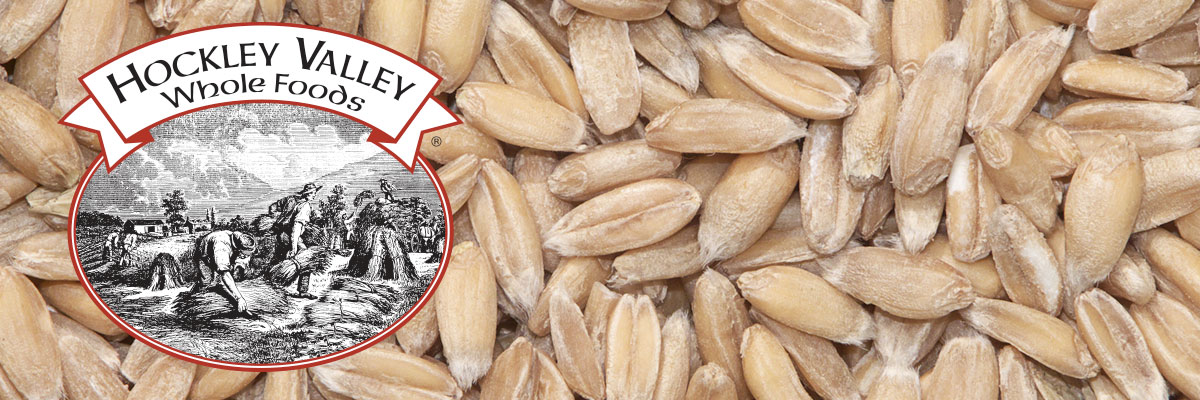
The Values of Spelt
The old saying “If it ain’t broke don’t fix it” best describes the ancient grain know as Spelt. Spelt has not changed since it was grown in 5000 BC.
In Italy it is known as “Farro” and in Germany “Dinkle”. It is a distant cousin to our modern wheat. Naturally protected by a tough husk, this outer layer helps to retain the natural nutrients and maintain its freshness for milling.
Modern wheat has been modified making it easier to grow, harvest, increase the yield, and to have a higher gluten content for the production of high-volume commercial baked goods. It is the increased gluten content that upsets the stomach of some consumers. The unaltered nature of the Spelt gluten is highly water soluble therefore digestion is easier and the body absorbs the nutrients quickly. This is factor alone is why some consumers who have wheat or gluten allergies can still eat baked products made with Spelt.
Since its reintroduction in 1987, spelt has become a demand product in the natural health food markets. The delicate nutty taste has caught the attention of consumers looking for an alternative flavour to common bleached flour products. Spelt is naturally high in fiber, and contains significantly more protein than wheat. Spelt has high levels of B complex vitamins, simple and complex carbohydrates. The ancient benefits of Spelt are yours today, take advantage of this high-powered grain and add it to your lifestyle.
Health Benefits
How does it help the human body?
Spelt has the right combination of nutrients: Riboflavin (Vitamin B2), Manganse, Niacin, Thiamin, and Copper.
Hockley Valley Whole Foods Inc. believes healthy eating supports a healthy lifestyle.
